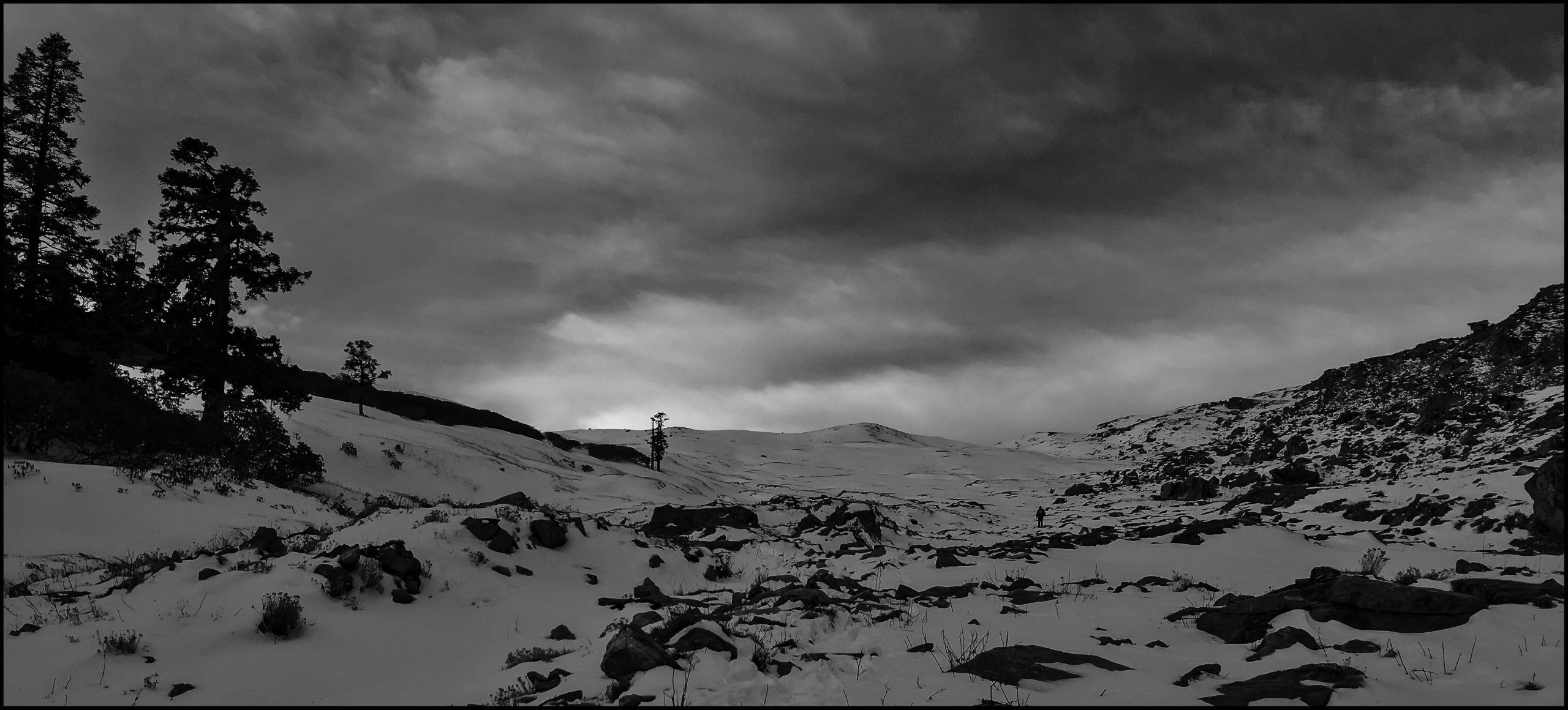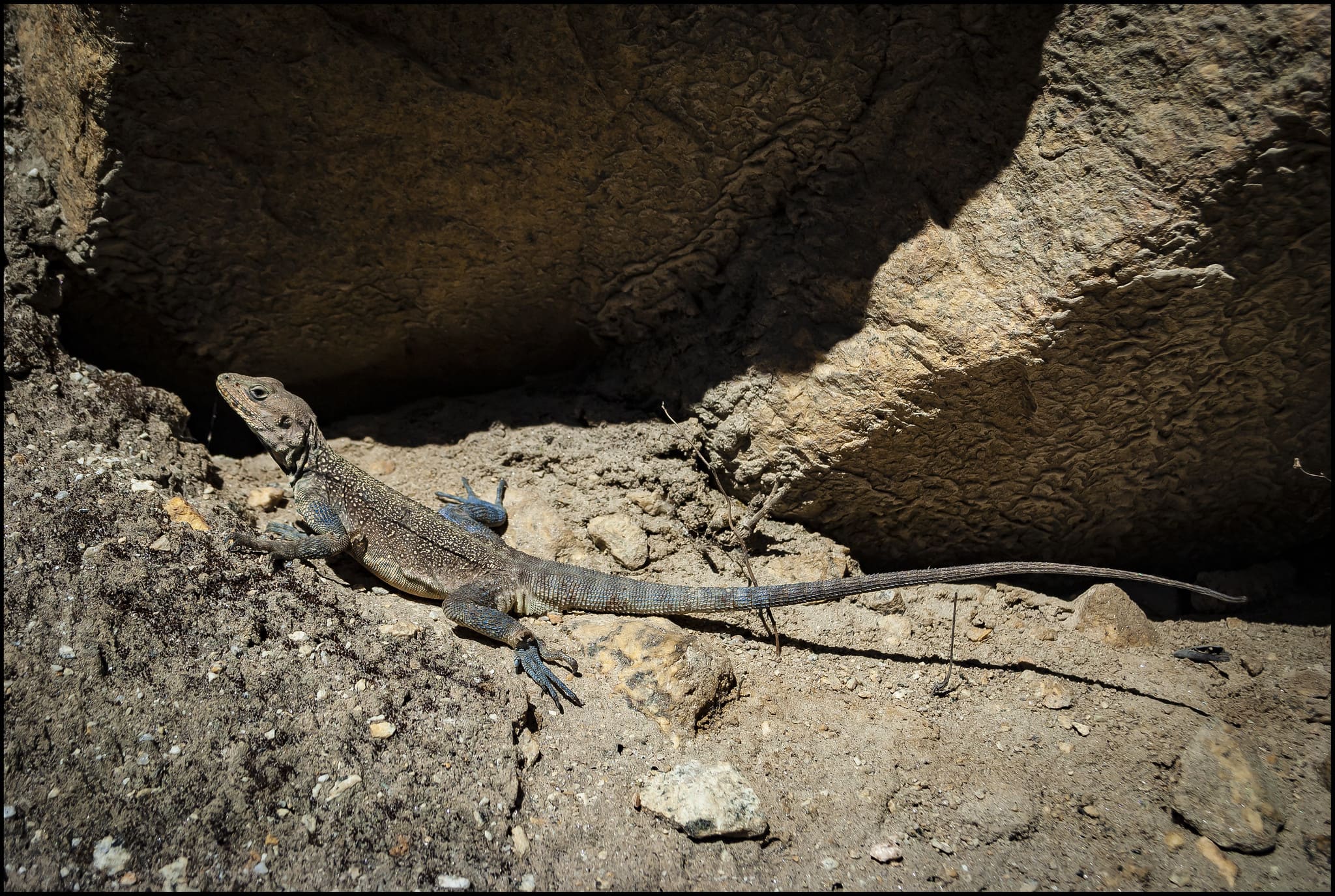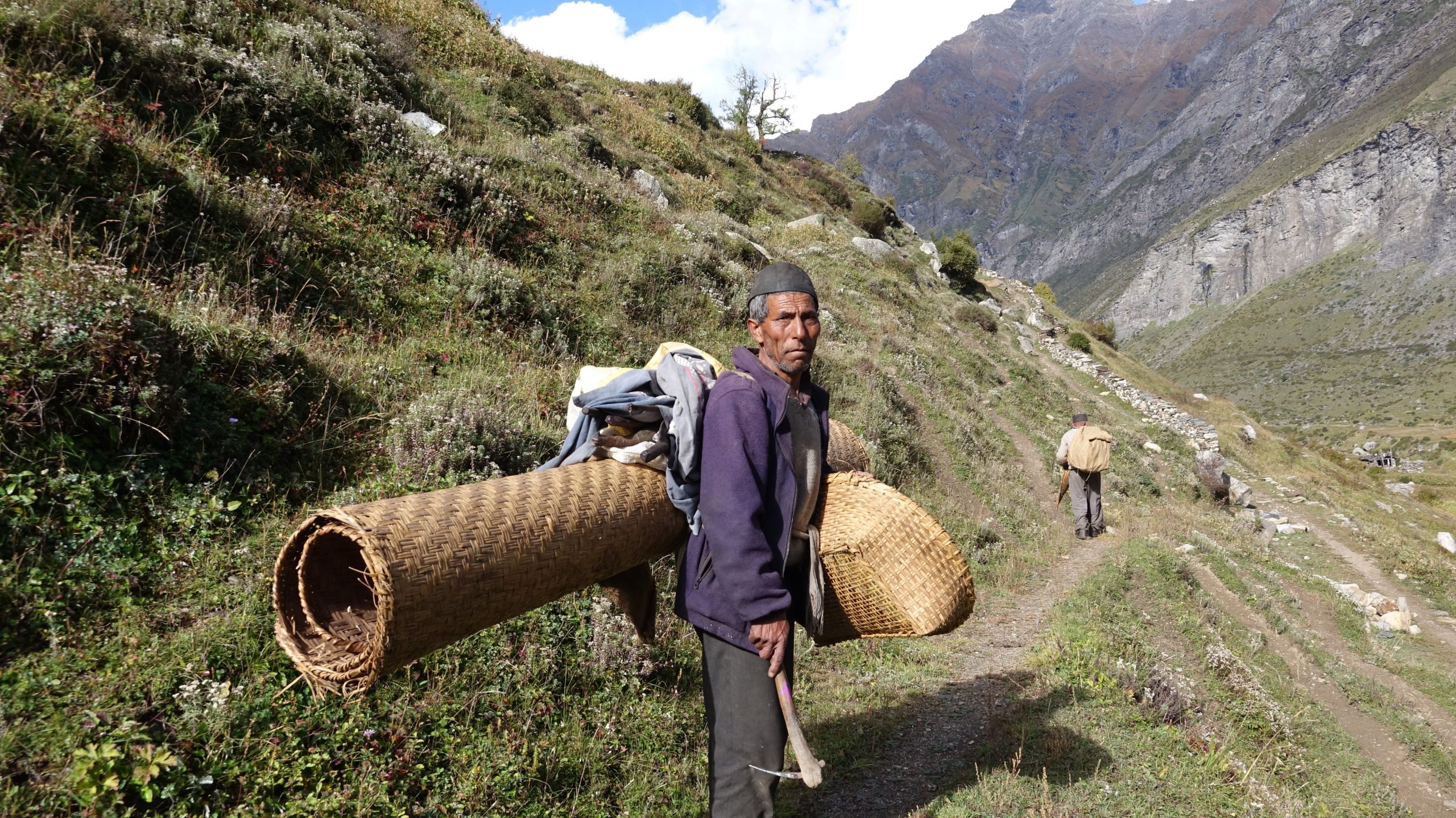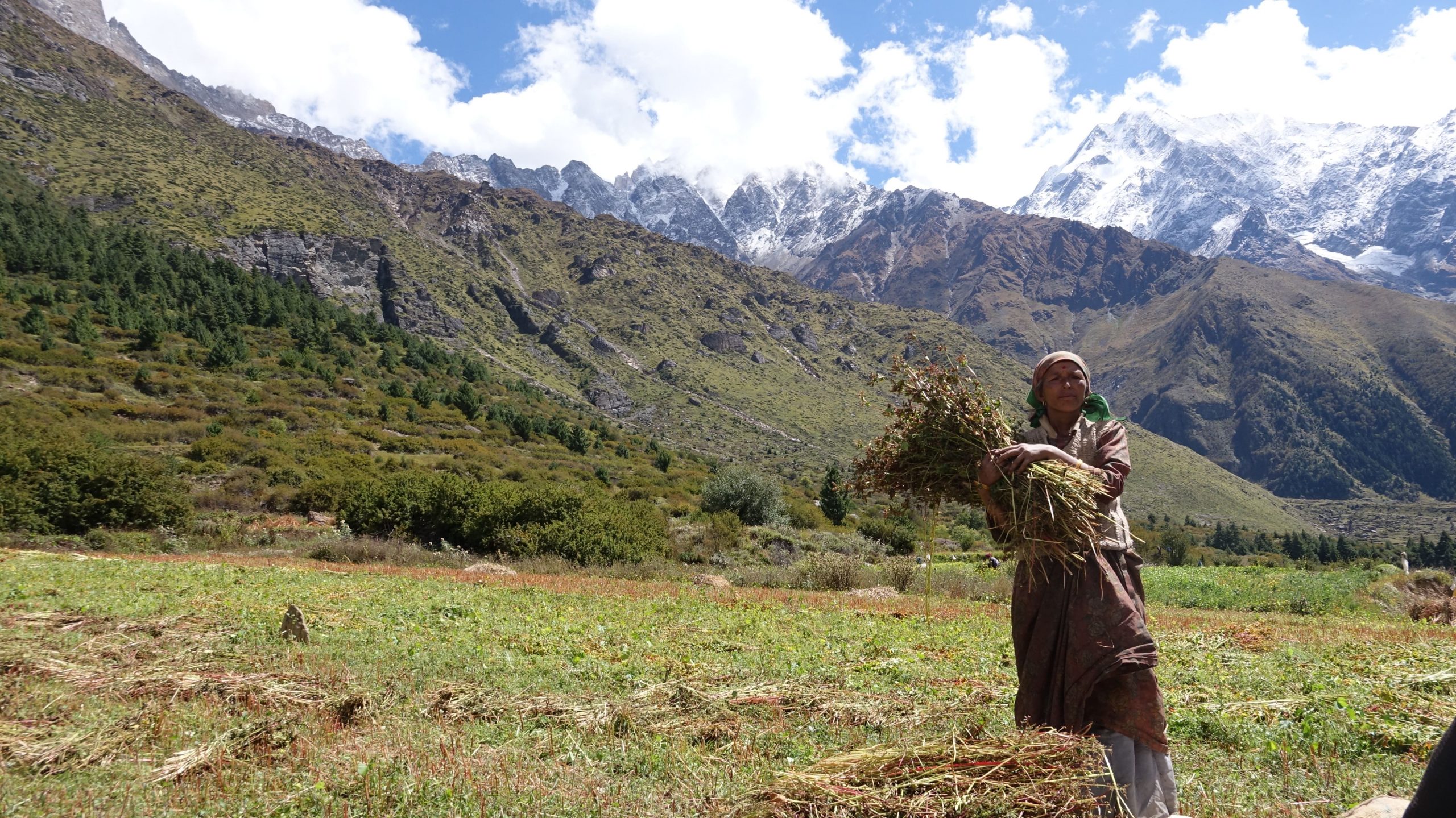Gangotri-Govind and Darma-Byans (Uttarakhand)
Sites of high conservation value in this region are :
- Kyarki Bugyal (alpine meadows)
- Kedarkantha (alpine meadows)
- Hanuman Ganga (alpine meadows)
- Chipla Kedar (sacred groves and forests)
- Bhojwasa (sacred groves and forests)
- Gangotri National Park (protected area)
- Govind National Park & Wildlife Sanctuary (protected area)
- Askot Wildlife Sanctuary (protected area)

Project Progress : Uttarakhand
1. CONSERVING BIODIVERSITY


2. DIVERSIFYING LIVELIHOODS
2. DIVERSIFYING LIVELIHOODS

3. PREVENTING WILDLIFE CRIME


4. Building knowledge
4. Building knowledge

Stories From the Region
Once upon a time, in an unknown part of the Himalayas, lay the meadow of Dayara Bugyal. Inhabited by frolicking bunnies, sheep …
Dehradun: The SECURE Himalaya Project, a collaborative initiative of the central …
Uttarakhand is getting ready to set up India’s first conservation centre for snow …
Uttarakhand
The picturesque land of Gangotri and Govind is the source of many important rivers, and abounds in awe-inspiring waterfalls.The landscape is home to a variety of rare endemic and migratory birds as well as remarkable animals, including the majestic snow leopards…
Gallery
human life of the Trans and Greater Himalayas

Key Findings from the landscape

Baseline study on existing activities
At the outset, TERI would like to thank Mr. Rajiv Bhartari, Chief Wildlife Warden, Uttarakhand Forest Department and Mr. Ranjan Mishra, CCF-Wildlife & Nodal OfficerSECURE Himalaya project for providing invaluable guidance and illuminating discussions during the preparation of this report.
Download »
Legal literacy manual - final
This manual is intended to clarify and create greater awareness around the legal rights, responsibilities, prohibitions and other provisions for local communities, which directly affect the environment and forest-based livelihoods for the communities of Uttarakhand.
Download »
Reneweable Energy and Energy Efficient Options Suggested for Interventions
The Ministry of Environment, Forest and Climate Change (MoEFCC), Government of India along with United Nations Development Program (UNDP) is implementing the project ‘SECURE Himalaya1’- funded by Global Environment Facility (GCF)- in the Himalayan states of Jammu & Kashmir, Himachal Pradesh, Uttarakhand, and Sikkim.
Download »











